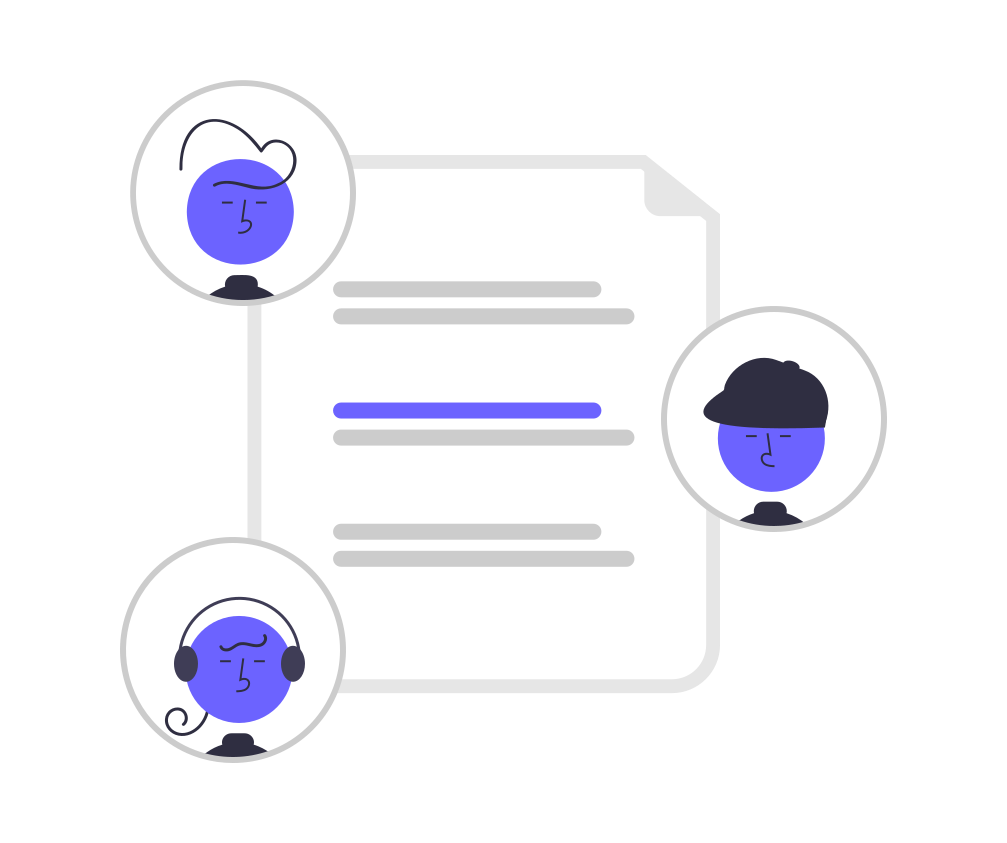In B2B marketing, understanding customer behavior is essential for developing effective campaigns and enhancing engagement. Behavioral analytics provides insights into how prospects and customers interact with a brand’s digital touchpoints, from website visits to content downloads. By analyzing these actions, marketers can identify patterns, predict future behaviors, and make data-driven adjustments that optimize their tactics. Leveraging behavioral analytics enables B2B marketers to target audiences with precision, improve user experience, and drive conversions.
This blog explores how behavioral analytics can help refine B2B marketing tactics to boost engagement and achieve marketing goals.
Understanding Behavioral Analytics in B2B Marketing
Behavioral analytics involves tracking and analyzing the actions users take on digital platforms, such as website clicks, content interactions, and email engagement. In B2B marketing, this data can reveal how users progress through the buyer’s journey, their interests, and potential pain points. Behavioral insights enable marketing teams to create more targeted, relevant campaigns that align with user needs and improve the likelihood of conversion.
Key aspects of behavioral data include:
- Pageviews: Indicate topics or products of interest.
- Time on Page: Suggests level of engagement with content.
- Clicks and Interactions: Reveal specific actions, such as button clicks or downloads.
- Exit and Bounce Rates: Help identify areas where users may be losing interest.
These insights allow marketers to refine their tactics and tailor their messaging to better resonate with their audience.
Tailoring Content and Messaging
Behavioral analytics enables B2B marketers to understand which types of content or messages resonate most with users. By tracking engagement with different content formats—such as blog posts, videos, and webinars—marketers can develop a content strategy that delivers value and aligns with audience preferences.
For instance:
- Content Frequency and Timing: Analyze when users are most likely to engage with content to optimize posting schedules.
- Preferred Content Formats: Determine if certain formats, like infographics or whitepapers, perform better for specific segments.
- Personalized Messaging: Use behavioral insights to personalize email and website messaging based on past interactions, ensuring that each touchpoint is relevant and engaging.
Using behavioral data to tailor content ensures that each piece speaks to the user’s interests and preferences, increasing the likelihood of ongoing engagement.
Improving User Experience and Reducing Friction
Behavioral analytics provides insights into user experience by highlighting friction points in the customer journey. For instance, high bounce rates or frequent page exits might indicate areas where users struggle to find relevant information or experience challenges. By addressing these issues, marketers can create a smoother, more intuitive user experience that keeps prospects engaged.
Steps to improve UX based on behavioral data include:
- Identifying Drop-Off Points: Determine where users are leaving the website and optimize those pages for better navigation or clarity.
- Streamlining Conversion Paths: Simplify forms, reduce steps in sign-up processes, and ensure clear calls-to-action, making it easier for users to take desired actions.
- Optimizing Mobile Experience: Track behaviors across devices to ensure that mobile users experience the same seamless journey as desktop users.
A well-optimized user experience encourages prospects to stay engaged and continue interacting with content, moving them closer to conversion.
Enhancing Retargeting and Nurturing Strategies
Behavioral analytics offers critical insights for retargeting and nurturing campaigns. By tracking user interactions with content or products, marketers can develop retargeting campaigns that deliver relevant messages based on previous behaviors. This approach ensures that prospects receive timely follow-up communications that align with their level of interest.
Ways to use behavioral data for retargeting:
- Dynamic Retargeting Ads: Serve personalized ads featuring recently viewed products or content topics, keeping the brand top of mind for prospects.
- Email Nurturing Sequences: Tailor email content based on previous actions, such as website visits or specific content downloads, providing relevant information that addresses individual needs.
- Automated Triggers: Set up automated messages or recommendations that are sent when users reach certain milestones, such as completing a demo or viewing a specific product page.
Retargeting strategies that are informed by behavioral data help nurture leads and move them along the buyer’s journey by delivering the right message at the right time.
Optimizing Campaign Performance
Behavioral analytics also enables marketers to optimize campaign performance by providing feedback on which tactics are resonating with audiences and which need adjustment. By tracking user responses to specific campaigns or content, B2B marketers can quickly identify high-performing strategies and replicate their success.
For example:
- A/B Testing: Test different variations of ads, emails, or landing pages to determine which versions perform best.
- Real-Time Adjustments: Use live data to adjust messaging, visuals, or calls-to-action during a campaign to improve engagement based on real-time feedback.
- ROI Analysis: Evaluate the effectiveness of campaigns by comparing behavioral data against conversion metrics, allowing teams to focus on high-impact strategies.
Campaign optimization through behavioral analytics enables B2B marketers to continually refine their tactics, ensuring that efforts are aligned with user preferences and business goals.
Conclusion
Behavioral analytics offers invaluable insights that enable B2B marketers to tailor tactics, improve user experience, and optimize campaign performance. By understanding user interactions, tailoring messaging, and refining retargeting strategies, marketers can develop highly relevant campaigns that engage prospects effectively and increase the likelihood of conversion. Incorporating behavioral analytics into B2B marketing ensures a data-driven approach that enhances targeting precision and supports business growth.


